The Cotswolds stretches across six counties in the heart of England, covering nearly 800 square miles of rolling hills, honey-colored stone villages, and pastoral landscapes that seem frozen in time. This designated Area of Outstanding Natural Beauty offers visitors a glimpse into quintessential English countryside life with its winding lanes, ancient market towns, and historic manor houses.
The region’s distinctive architecture, built from the local oolitic limestone, creates a visual harmony that makes even the smallest hamlet worthy of exploration. Here is a list of 15 stops that will transform an ordinary drive through this enchanting region into a truly memorable journey.
Castle Combe

Often called England’s prettiest village, this perfectly preserved medieval settlement appears largely unchanged since the 15th century, when it prospered as a wool trading center. The absence of overhead wires, visible TV antennas, or modern signage creates an almost movie-set quality, which explains why films like ‘War Horse’ and ‘Stardust’ used this location extensively.
The tranquil Bybrook River flows beneath small stone bridges while Market Cross stands as a reminder of the village’s historical importance as a trading hub for this prosperous region.
Bibury

This picturesque village gained fame through the words of William Morris, who described it as ‘the most beautiful village in England’ after visiting in the 1800s. The iconic Arlington Row, with its 14th-century weavers’ cottages, represents perhaps the most photographed street in the entire Cotswolds, appearing inside British passports as a watermark.
The clear waters of the River Coln attract trout that visitors can watch from the small stone bridges, while Bibury Trout Farm offers family-friendly activities, including feeding these magnificent fish or even catching your own dinner.
Broadway Tower

This folly stands proudly on Broadway Hill at 1,024 feet above sea level, making it the second-highest point in the Cotswolds with views spanning 16 counties on clear days. Built in 1798 for Lady Coventry, the 65-foot tower combines Saxon, Gothic, and medieval architectural elements in a romantic structure that housed artists, including William Morris, during the Arts and Crafts movement.
The surrounding deer park and nuclear bunker museum add unexpected dimensions to a visit, while the Tower Barn café provides perfect refreshment after climbing the spiral staircase to the observation platform.
Like Travel Pug’s content? Follow us on MSN.
Stow-on-the-Wold
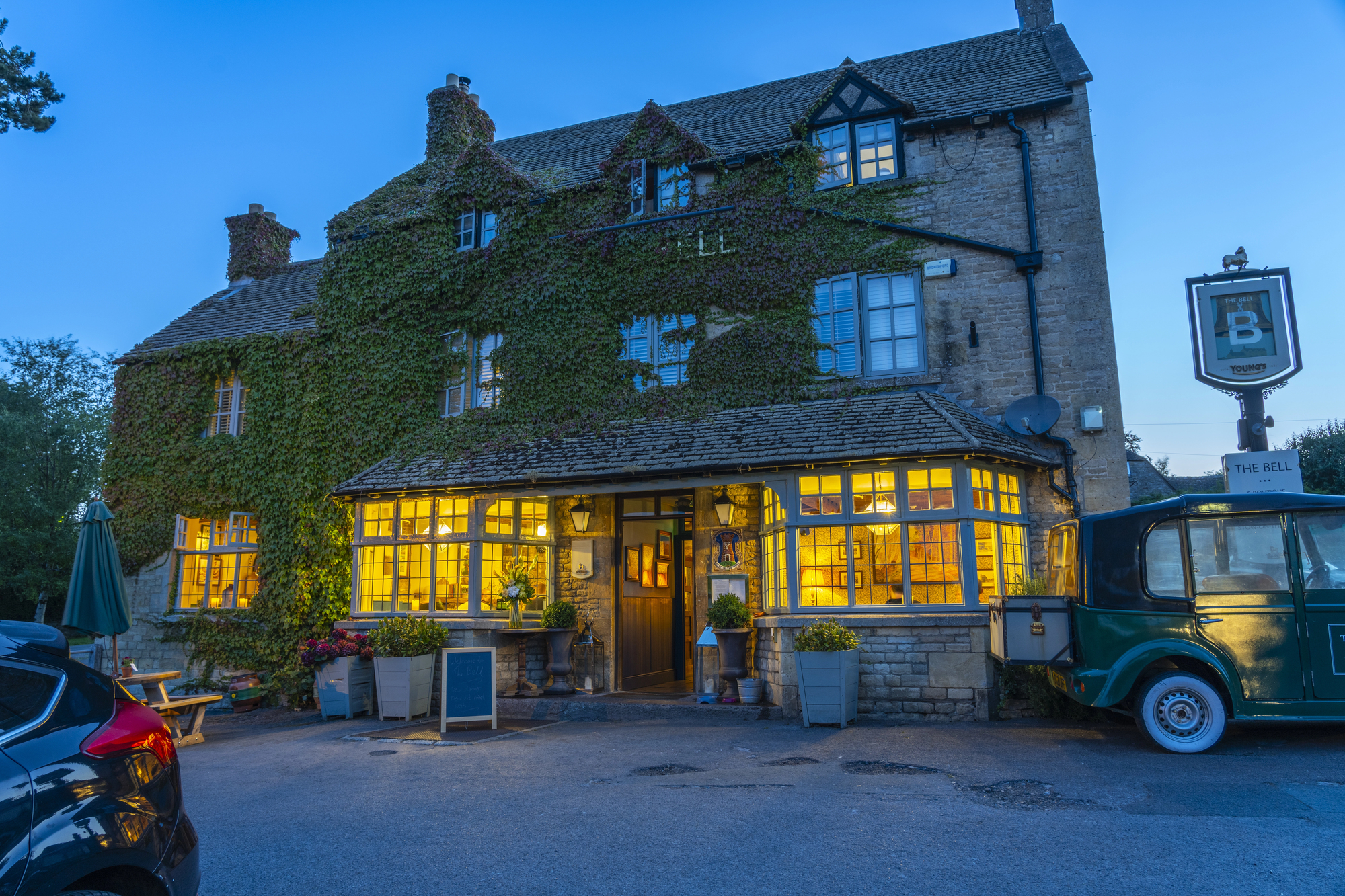
This elevated market town sits exposed to wind at 800 feet above sea level, explaining the old Cotswold saying, ‘Stow on the Wold, where the wind blows cold.’ The impressive market square speaks to its historical importance as a major wool trading center where up to 20,000 sheep would be sold during a single fair.
The north door of St. Edward’s Church, framed by two ancient yew trees, allegedly inspired J.R.R. Tolkien’s Doors of Durin in The Lord of the Rings, making it a literary pilgrimage site amid the town’s antique shops and traditional tea rooms.
Bourton-on-the-Water

Known as the ‘Venice of the Cotswolds,’ this charming village features the River Windrush flowing gently through its center, with five low stone bridges creating picturesque crossing points. The Model Village offers a perfect 1:9 scale replica of Bourton itself, complete with miniature gardens and flowing water that delights visitors of all ages.
The shallow river becomes a playground in summer as families wade in the cool water and ducks weave between human visitors, creating a joyful atmosphere that contrasts with the peaceful tranquility found in winter months.
Chipping Campden
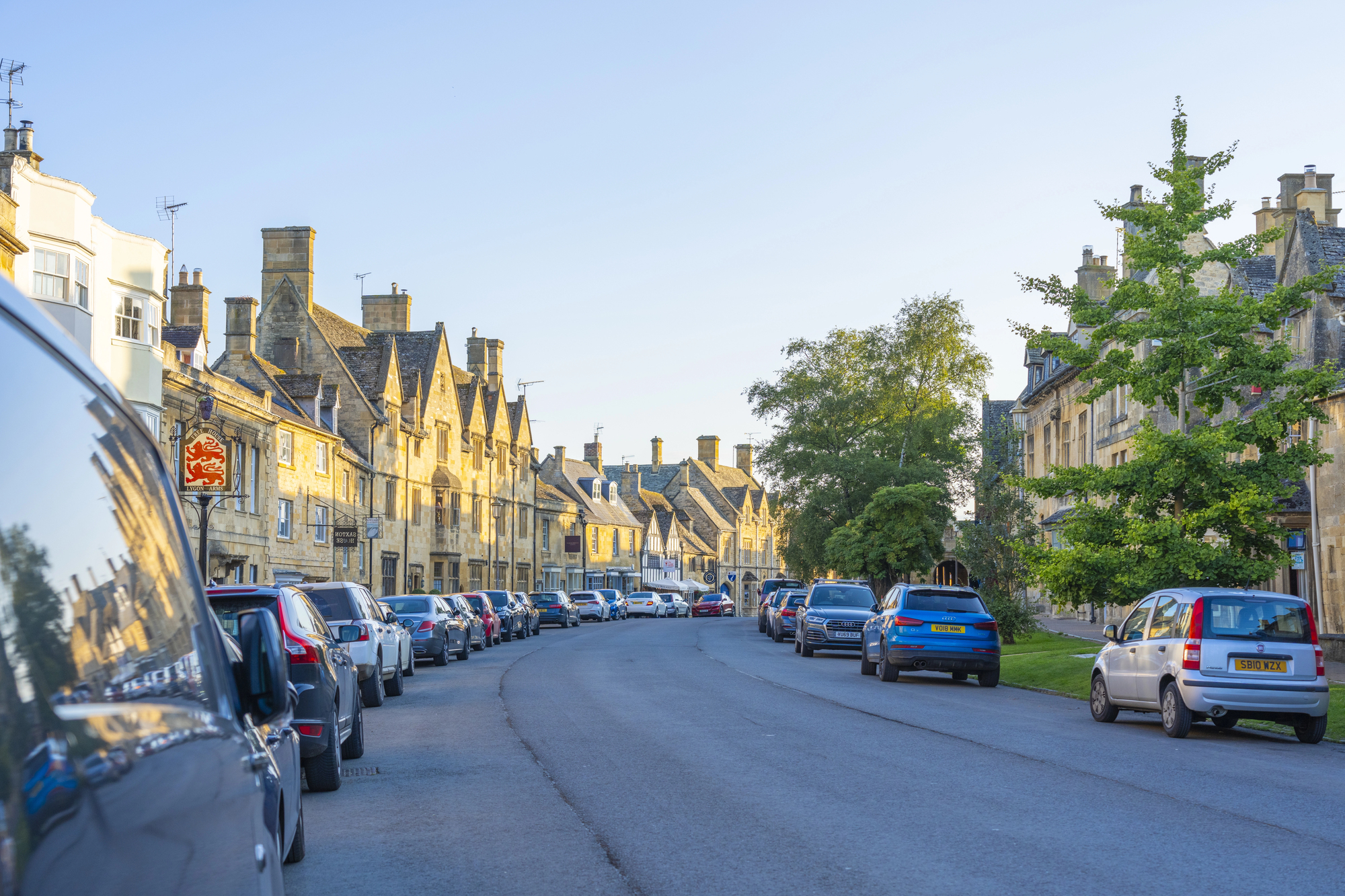
This elegant town showcases one of the finest terraced High Streets in England, featuring buildings spanning five centuries yet maintaining perfect harmony through the consistent use of honey-colored Cotswold stone. The covered Market Hall with its arched entrances has stood since 1627, originally built to provide shelter for traders selling cheese, butter, and poultry to this prosperous community.
The town’s name reveals its history—’Chipping’ derives from the Old English word for market—while its perfectly preserved medieval layout tells stories of the immense wealth generated by the medieval wool trade.
Like Travel Pug’s content? Follow us on MSN.
Hidcote Manor Garden
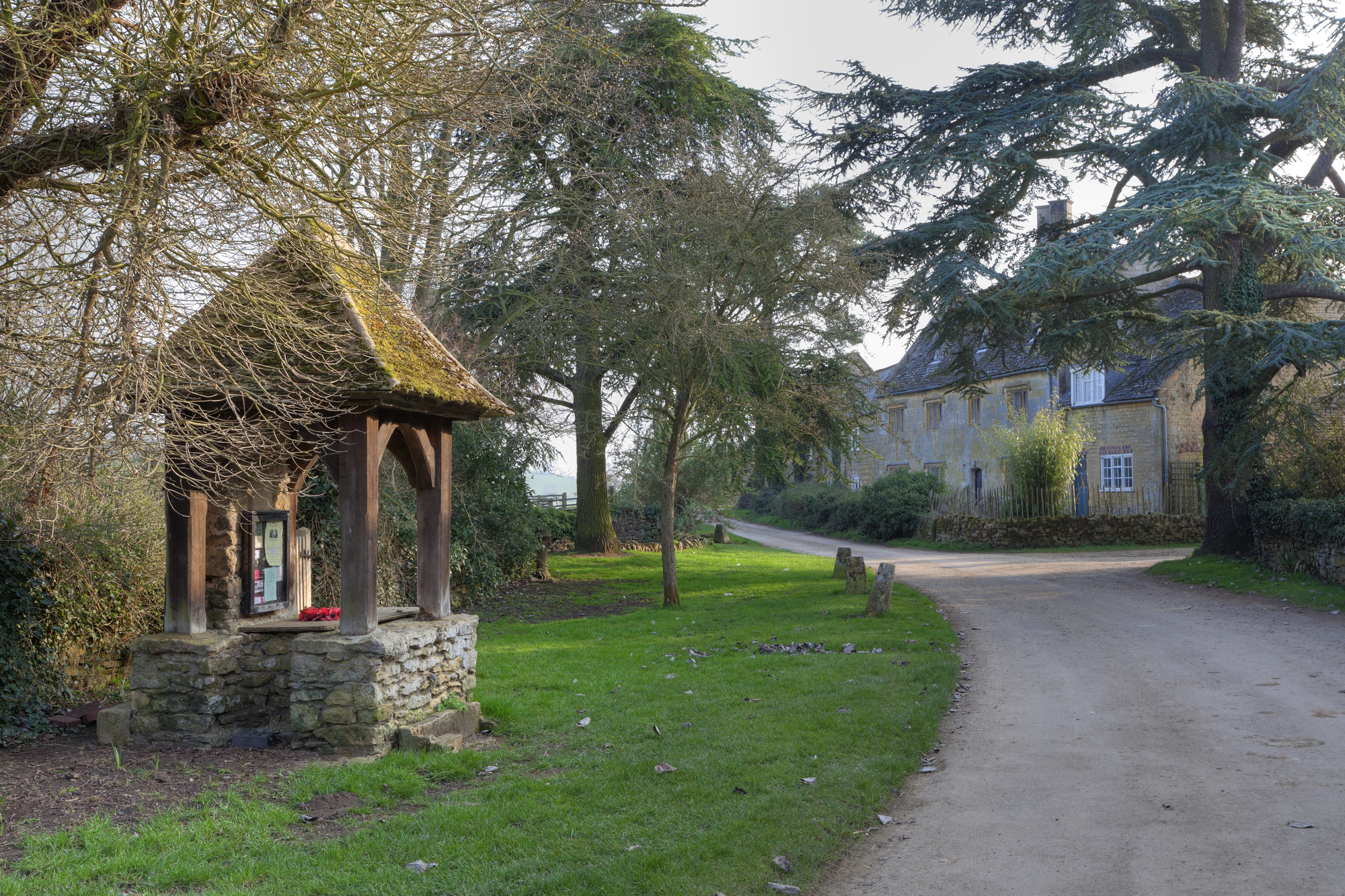
This internationally influential garden represents one of Britain’s greatest horticultural achievements, featuring a series of outdoor ‘rooms’ divided by hedges and walls that reveal new vistas and themes around each corner. Created by American-born Major Lawrence Johnston in the early 20th century, the garden pioneered the concept of garden rooms that would influence landscape design worldwide.
The meticulous restoration by the National Trust preserves Johnston’s vision of garden theatre with dramatic color schemes, rare plant collections, and carefully framed views that change with the seasons.
Upper and Lower Slaughter
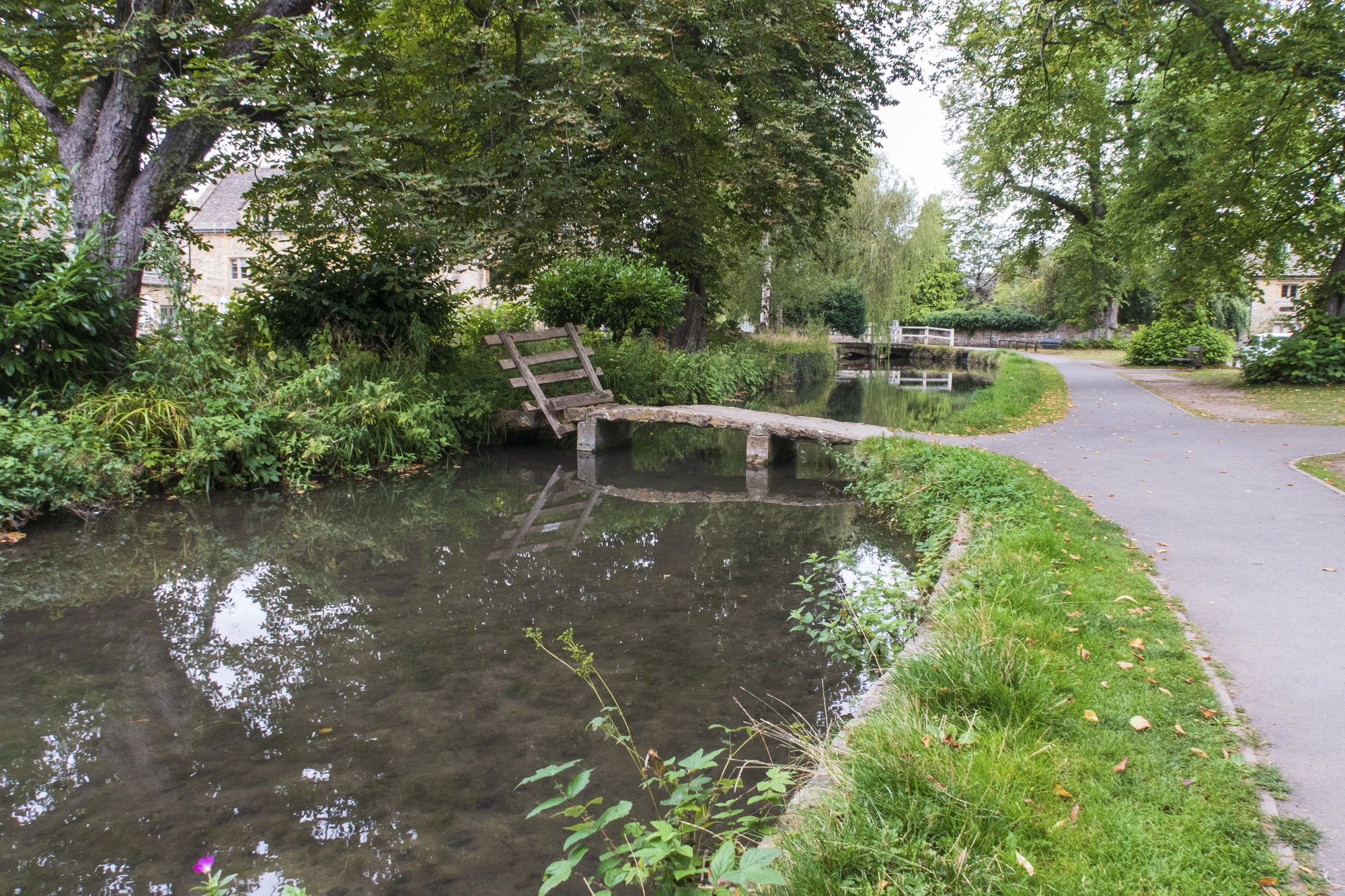
These twin villages with somewhat alarming names (derived from ‘slohtre’ meaning ‘muddy place’) rank among the most unspoiled settlements in the region, connected by a mile-long footpath following the gentle River Eye. Lower Slaughter’s 19th-century watermill, with its giant metal wheel, offers insight into the traditional rural industry, while the absence of shops and commercial establishments creates an atmosphere of tranquil authenticity rarely found in more visited villages.
The walk between the two settlements passes wildflower meadows and limestone cottages whose gardens tumble colorfully toward the shallow stream crossed by simple stone footbridges.
Painswick

Known as ‘The Queen of the Cotswolds,’ this historic town features narrow streets lined with perfectly maintained buildings constructed during the prosperous wool trading era. The churchyard of St. Mary’s contains 99 meticulously trimmed yew trees surrounded by a collection of table tombs and chest monuments that create an atmospheric setting, especially in the early morning mist.
The Rococo Garden nearby represents Britain’s only surviving complete garden of this flamboyant 18th-century design style, offering a perfect contrast to the restrained elegance of the town’s limestone architecture.
Like Travel Pug’s content? Follow us on MSN.
Cirencester

This vibrant market town served as the second-largest Roman settlement in Britain (then called Corinium), a history evident in the excellent Corinium Museum with its collection of Roman mosaics, artifacts, and reconstructed rooms. The enormous Church of St. John the Baptist demonstrates the immense wealth generated by medieval wool merchants who funded its construction, creating a cathedral-like presence in this historic town center.
The busy market square hosts regular farmers’ markets where local producers sell artisanal cheeses, organic vegetables, and freshly baked goods that connect visitors with the agricultural traditions still thriving in surrounding farmland.
Batsford Arboretum
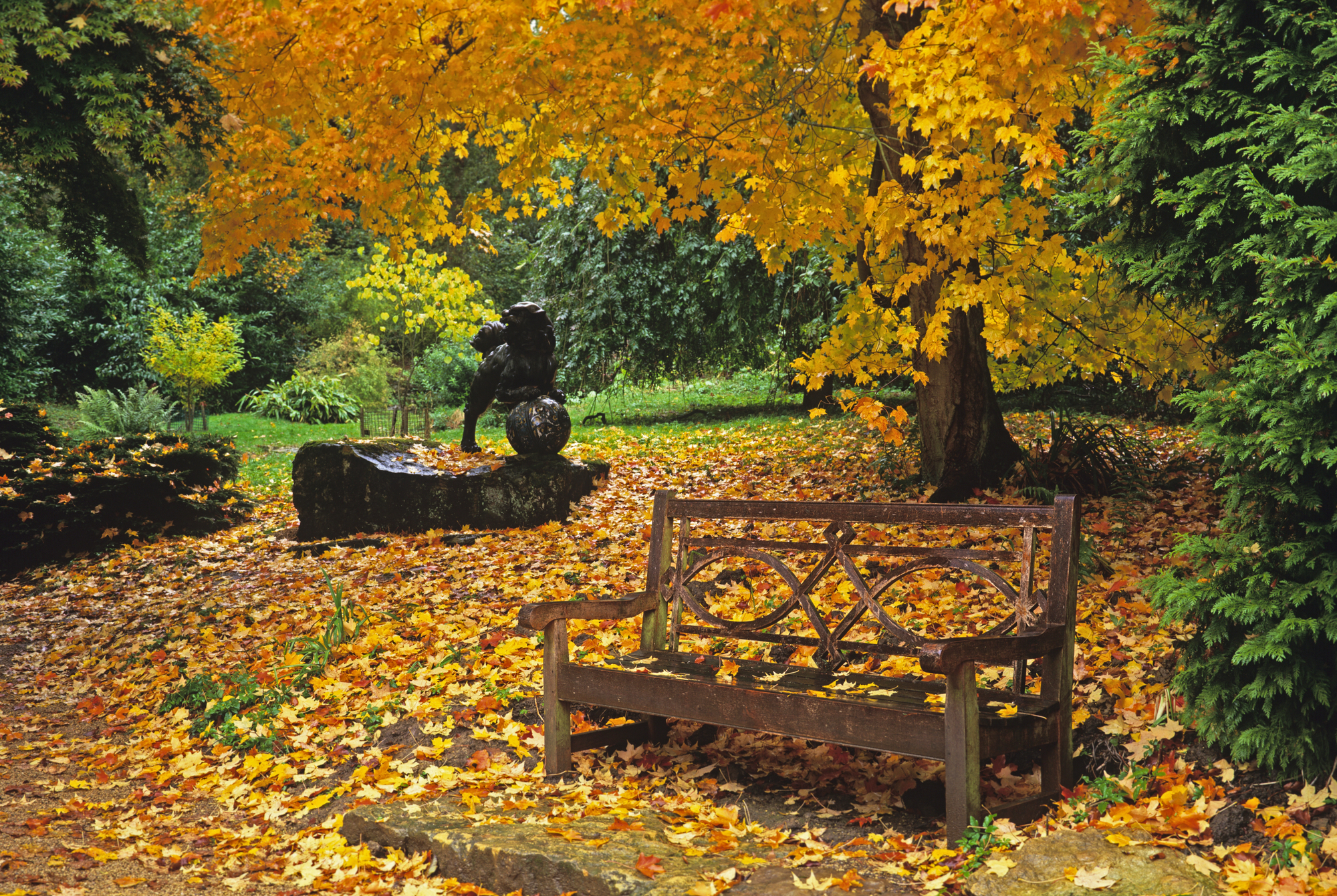
This 56-acre botanical collection contains one of Britain’s largest private tree collections, offering year-round interest from spring cherry blossoms to spectacular autumn colors across more than 2,850 different species. The wild garden design follows naturalistic principles inspired by the Arts and Crafts movement, creating dramatic vistas and intimate woodland paths through bamboo groves, Japanese maples, and champion specimen trees.
The adjacent falconry center offers displays of eagles, hawks, and owls in flight, adding another dimension to a visit, while the garden center enables enthusiasts to take home rare plant varieties propagated from the collection.
Kelmscott Manor
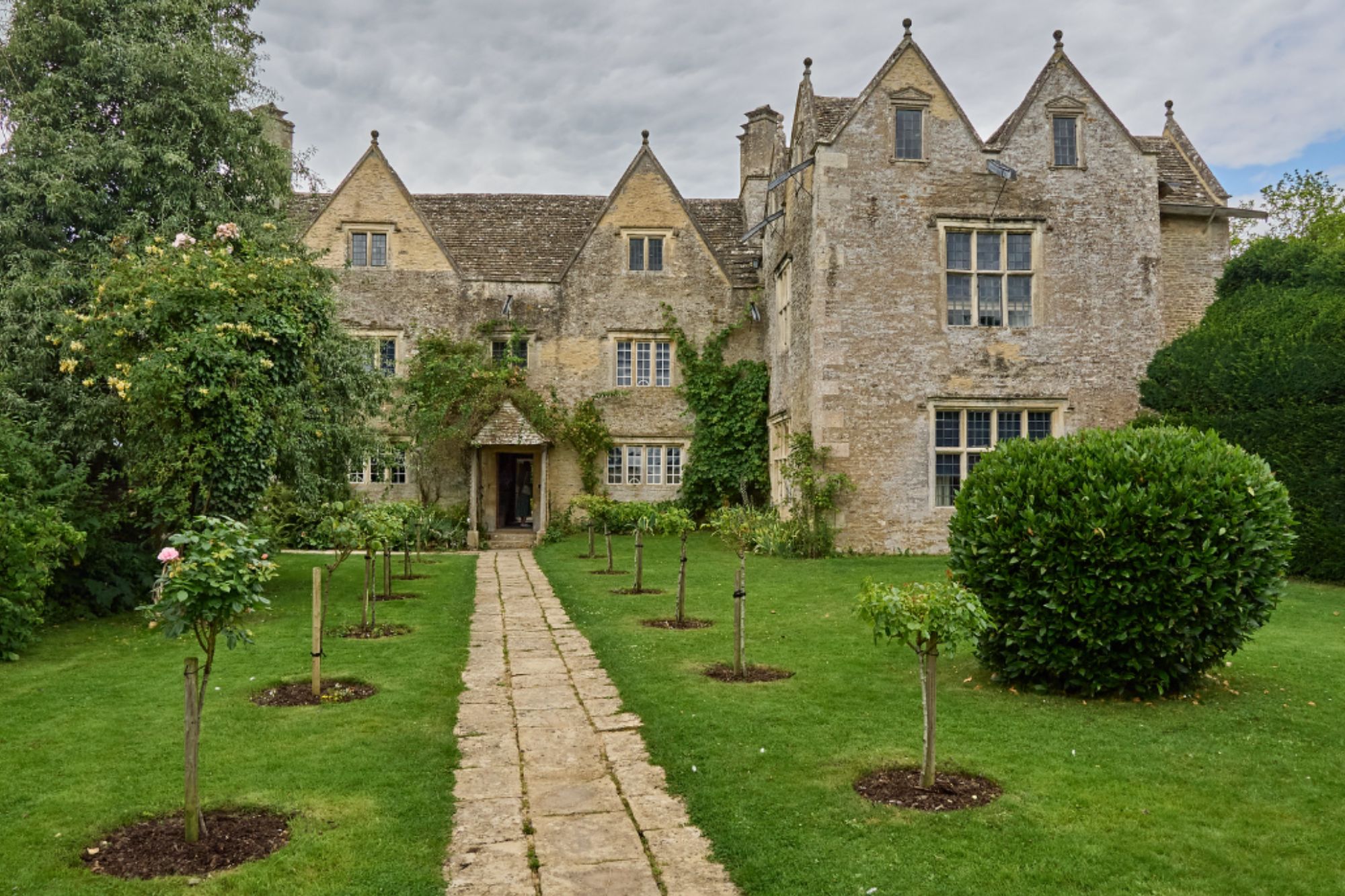
This limestone farmhouse served as the country home of William Morris, founder of the Arts and Crafts movement, who described it as ‘heaven on earth’ when he discovered it in 1871. The interior remains largely as Morris left it, filled with textiles, furniture, and artwork created by his circle, including Pre-Raphaelite paintings by Dante Gabriel Rossetti and Edward Burne-Jones.
The gardens feature borders of old-fashioned roses and cottage garden flowers that inspired many of Morris’s iconic fabric designs, while the ancient barns and outbuildings preserve the agricultural character that attracted him to this riverside retreat.
Like Travel Pug’s content? Follow us on MSN.
Snowshill Manor
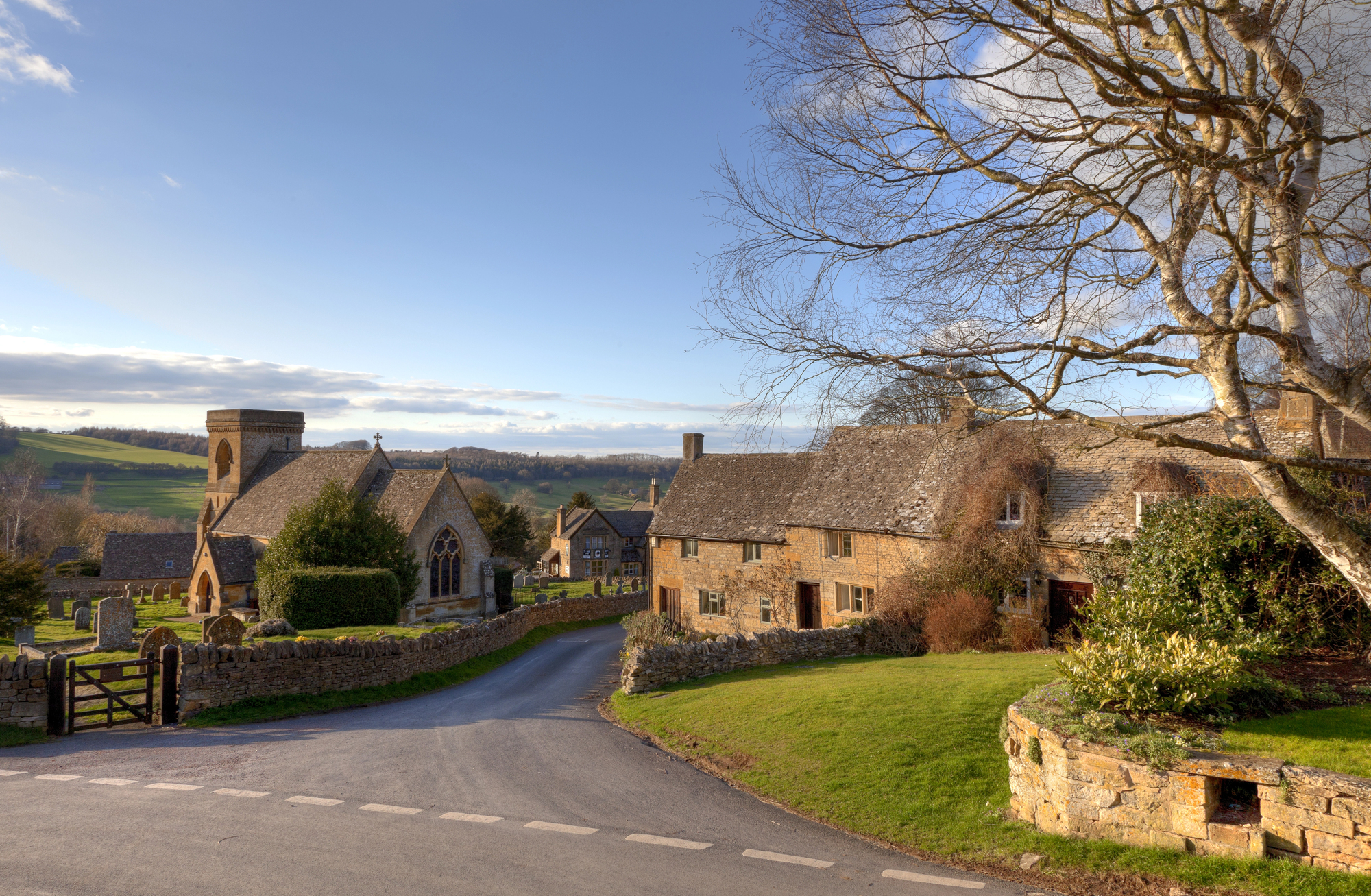
This extraordinary house contains the eclectic collections of Charles Paget Wade, an architect who filled the property with thousands of objects chosen for their craftsmanship, color, and design rather than monetary value. The interior rooms overflow with samurai armor, musical instruments, toys, bicycles, and clocks arranged according to Wade’s unique artistic vision while he lived in the small adjacent priest’s house to make room for more treasures.
The hillside setting offers sweeping views across the Vale of Evesham, while the Arts and Crafts garden features hidden corners, unexpected sculptures, and cottage garden plantings that extend the sense of discovery beyond the house itself.
Broadway
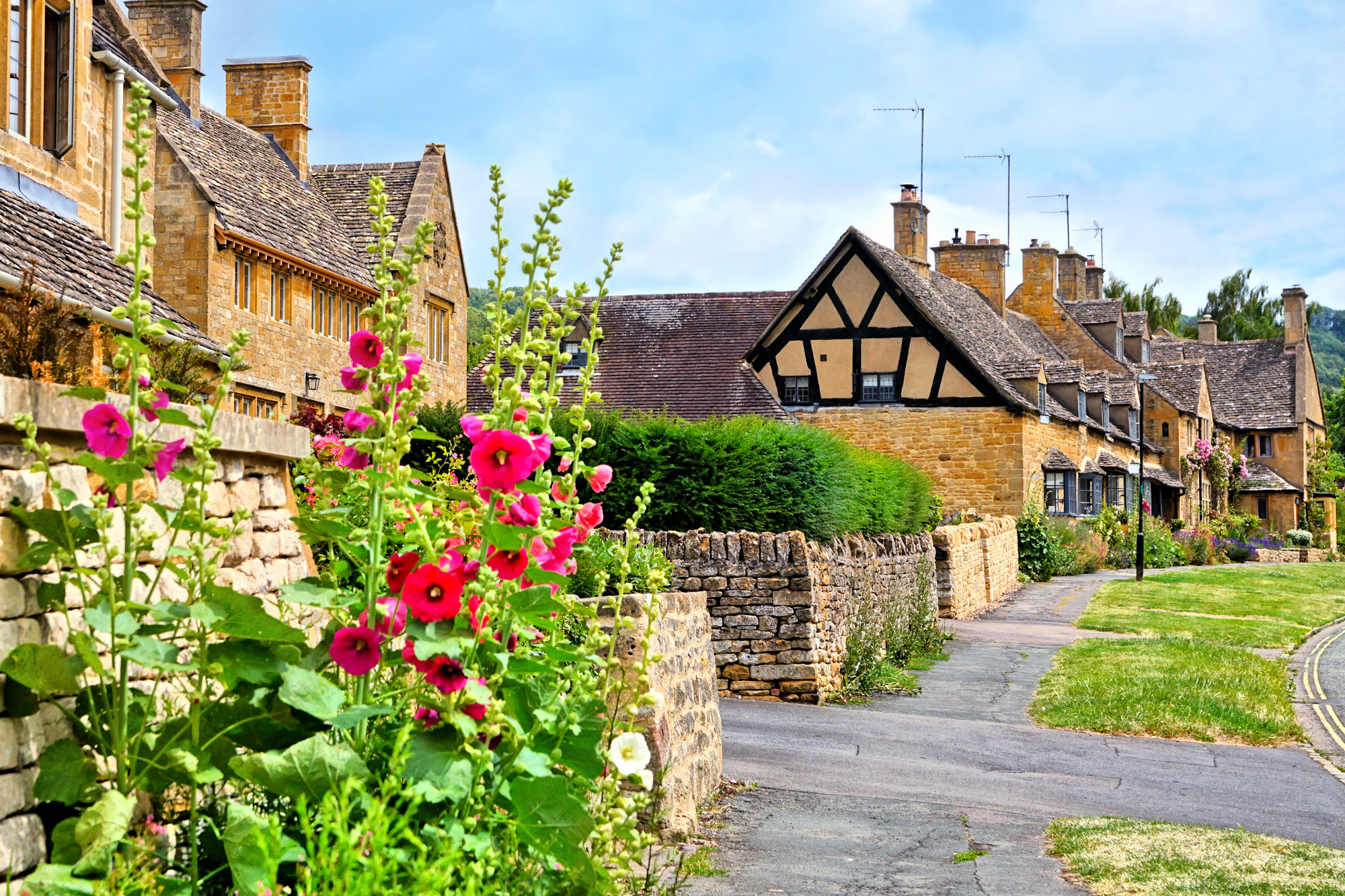
This handsome village exemplifies Cotswold elegance with its wide grass-fringed High Street lined with horse chestnut trees and limestone buildings housing art galleries, antique shops, and fine restaurants. The village attracted artists, including John Singer Sargent and Francis Davis Millet, in the late 19th century, establishing an artistic legacy that continues in its numerous galleries displaying works by contemporary painters and sculptors inspired by the surrounding landscape.
The nearby Ashmolean Museum Broadway outpost brings world-class exhibits to this rural setting, creating unexpected cultural richness amid the quintessentially English countryside setting.
Sudeley Castle
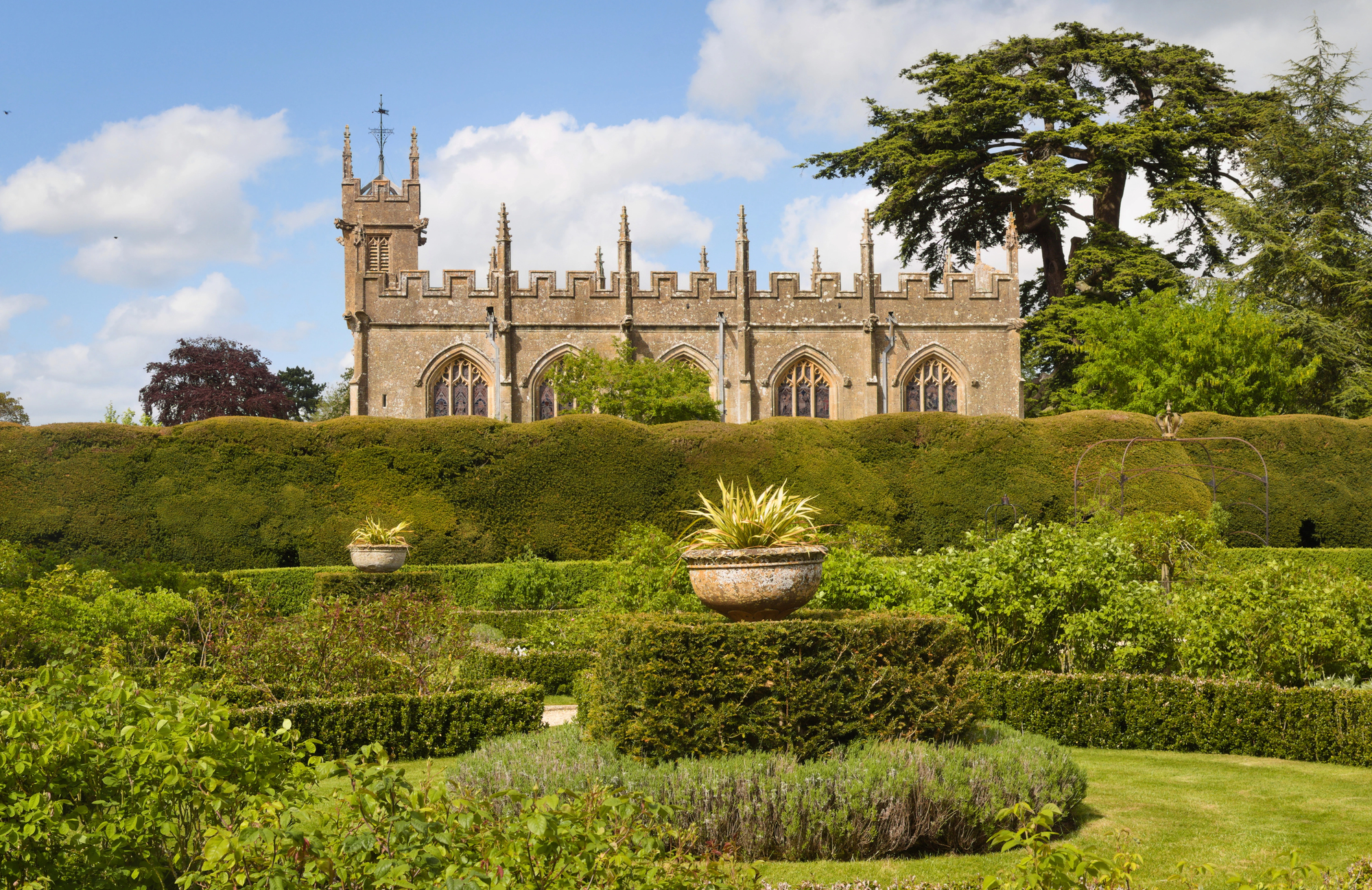
This partly ruined castle boasts royal connections spanning a thousand years, including Catherine Parr (the last and surviving wife of Henry VIII), who lived and died here and lies buried in the chapel. The award-winning gardens contain the Queens Garden with over 80 varieties of roses, while the ruins of the banqueting hall offer atmospheric glimpses of Tudor grandeur amid more perfectly preserved state rooms still containing original artworks and furnishings.
The castle remains a family home while welcoming visitors to experience its blend of dramatic history, architectural splendor, and horticultural excellence set against the backdrop of the Cotswold escarpment.
Like Travel Pug’s content? Follow us on MSN.
Cotswold Heritage
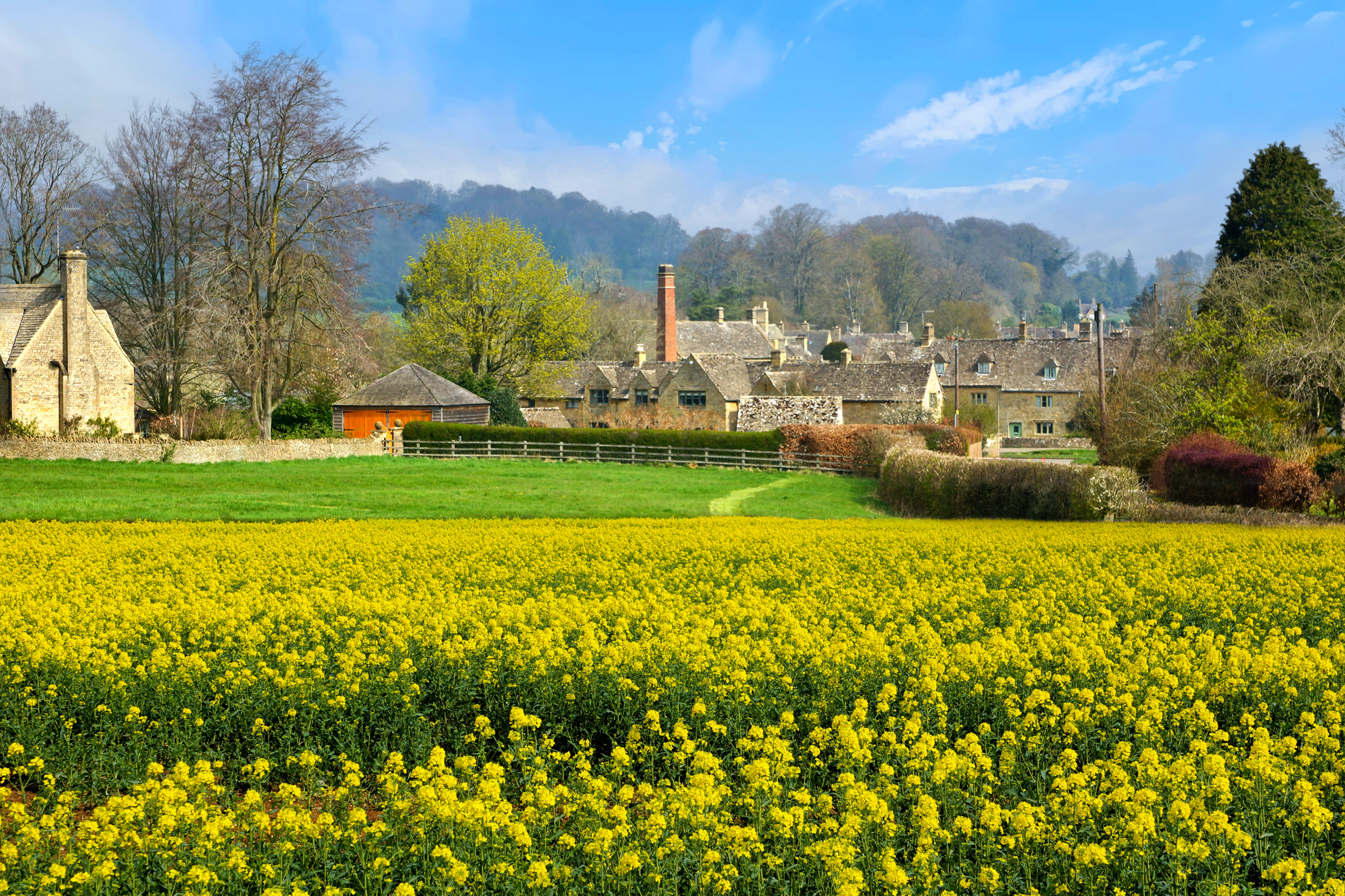
The true magic of the Cotswolds lies not just in individual villages but in the harmonious whole they create across this ancient landscape shaped by centuries of human habitation and agricultural tradition. The limestone walls dividing fields, spring-fed water troughs along roadsides, and ancient drove roads connecting settlements tell stories of rural life that evolved gradually yet maintained essential character despite changing times.
This living landscape continues to evolve while preserving the qualities that draw visitors from around the world — proving that thoughtful development can protect heritage while maintaining vibrant communities amid the golden stones and rolling hills.
More from Travel Pug

- Cities Growing so Fast You Won’t Recognize Them in 10 Years
- 13 Destinations Where Tourists Regularly Regret Their Trip
- 20 Obscure WWII Sites Even History Buffs Don’t Know About
- 10 Under-the-Radar Mountain Towns That Are Both Affordable and Beautiful
- Remote Villages in Europe Where You Can Live for Free in Exchange for Work
Like Travel Pug’s content? Follow us on MSN.
